What a Woman! : The Iconic Loren-Mastroianni Duo
In the landscape of Italian cinema, few figures have reached the level of fame and charm of the duo formed by Sophia Loren and Marcello Mastroianni. La Fortuna di Essere Donna, released in 1956 and directed by Alessandro Blasetti, stands as a cornerstone of this iconic collaboration. This film not only highlights the extraordinary talent of its protagonists but also serves as a sharp reflection on gender roles and the condition of women in post-war Italy.
Sophia Loren, at the peak of her beauty and talent, plays Antonietta, a simple girl who accidentally becomes the object of interest of the paparazzi. Especially of the photographer Corrado, portrayed by the charismatic Marcello Mastroianni. The film unfolds through a series of events that highlight Antonietta’s transformation from a naive girl to a woman aware of her power and identity.
La Fortuna di Essere Donna is more than just a film. It’s a social commentary on the condition of women in Italy during the 1950s. The film challenges the status quo by showcasing a female protagonist. A woman not happy to be a passive object of male desire but aspires to be the master of her own fate. This theme is particularly relevant at a time when women were fighting for the affirmation of their rights and for recognition that went beyond the traditional role of wife and mother.
Loren and Mastroianni, with their memorable performances, helped define a new standard of cinematic representation. The chemistry between the two actors is palpable in every scene, turning each of their films into a work that transcends the boundaries of mere entertainment. In La Fortuna di Essere Donna, Loren uses her charisma to embody a character who is both vulnerable and strong. Mastroianni plays the photographer with a mix of cynicism and charm that makes him irresistible.
This film is also an excellent representation of the commedia all’italiana, a genre that mixes elements of social satire, humor, and drama. La Fortuna di Essere Donna does not just make the audience laugh; rather, it invites reflection on social conventions and gender roles.
The Loren-Mastroianni pair continued to work together in numerous other films, solidifying their status as one of the most beloved and iconic couples in cinema. Each of their appearances on the big screen was an eagerly awaited event, not just in Italy but around the world. Their chemistry and talent marked an era, influencing generations of actors and directors.
In conclusion, La Fortuna di Essere Donna is not just a film, but a symbol of an era and a cultural and social revolution. Through the masterful performances of Loren and Mastroianni, the film explores themes of timeliness and universality, leaving an indelible mark on the history of cinema. La Fortuna di Essere Donna, transforms into an anthem for emancipation and self-affirmation, a powerful message that still resonates today.
Read more article here!
Watch the movie on Movieitaly+
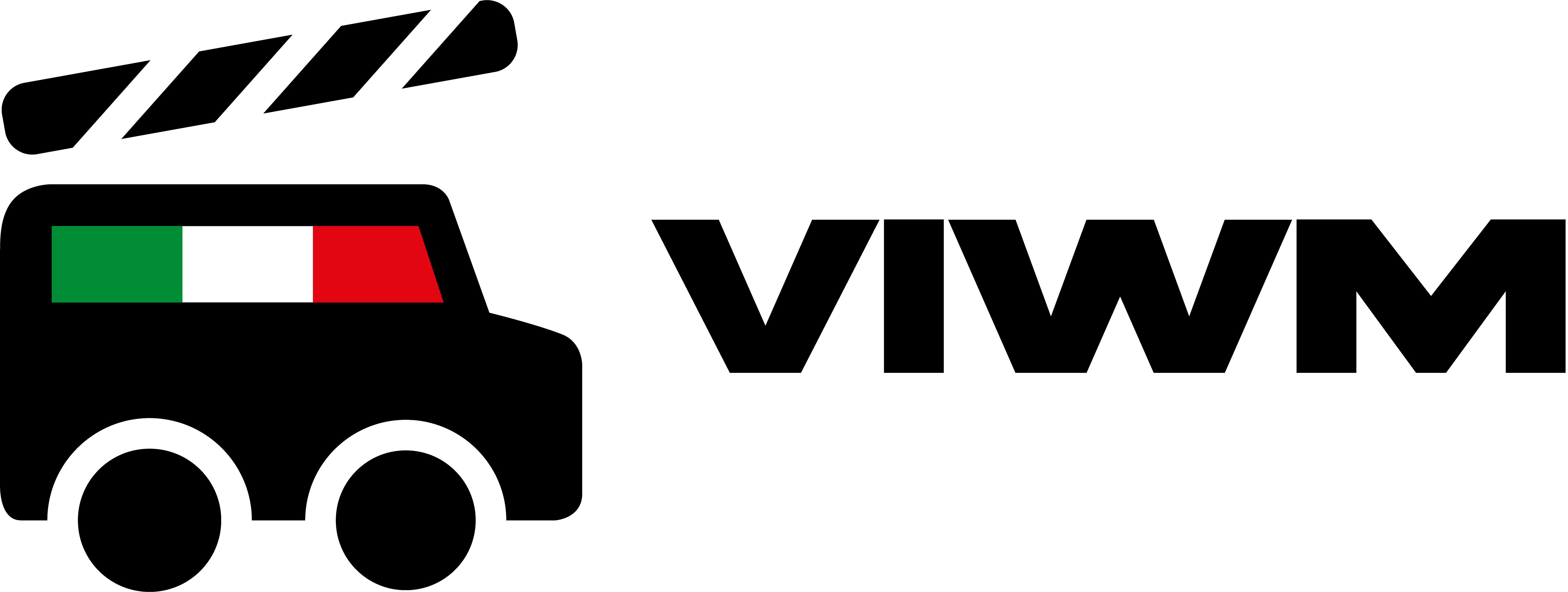
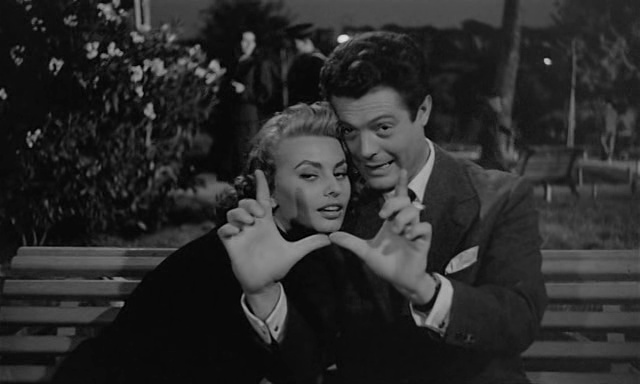


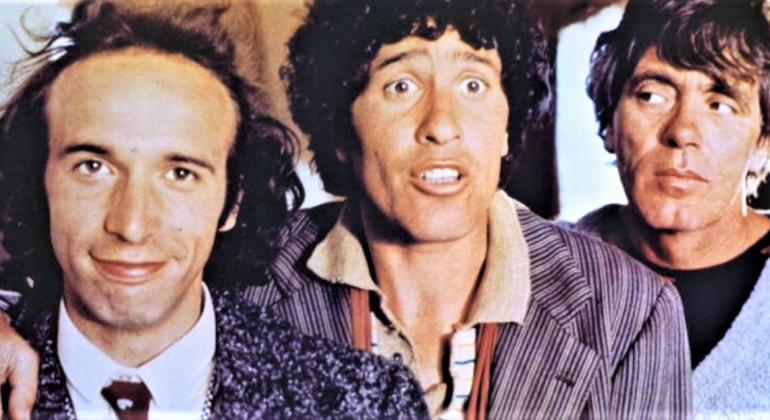

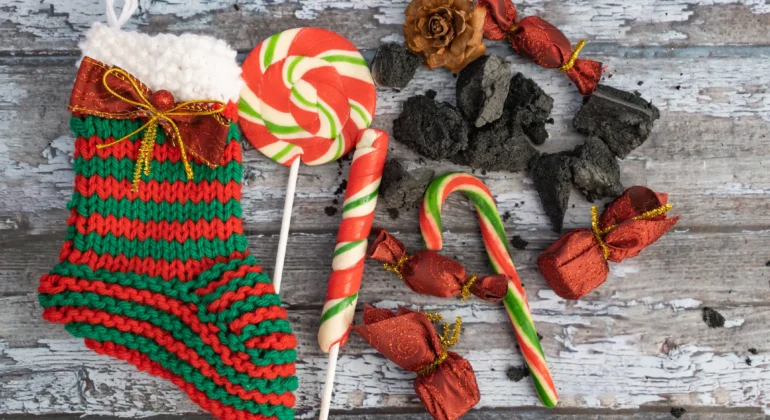







Recent Comments